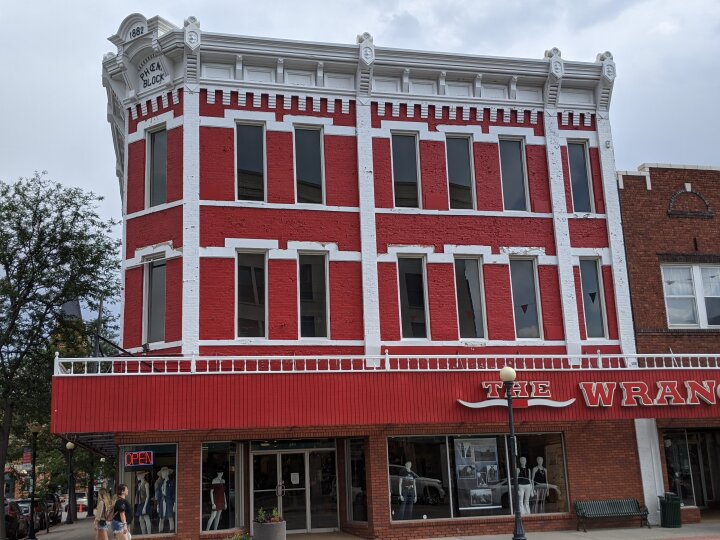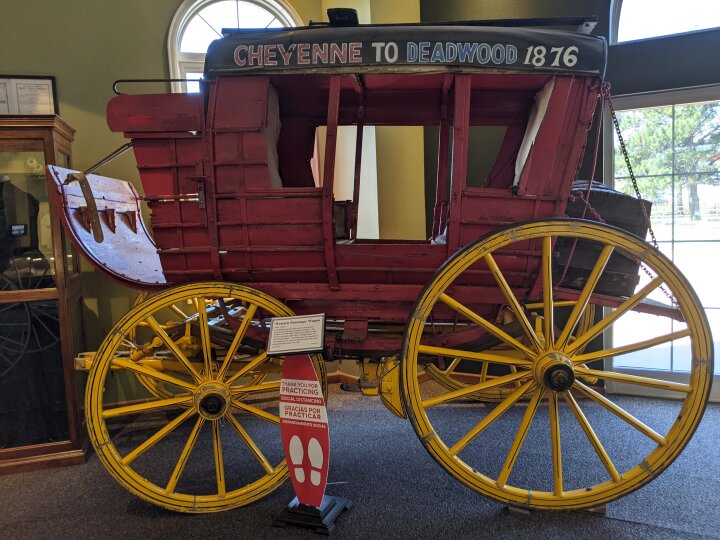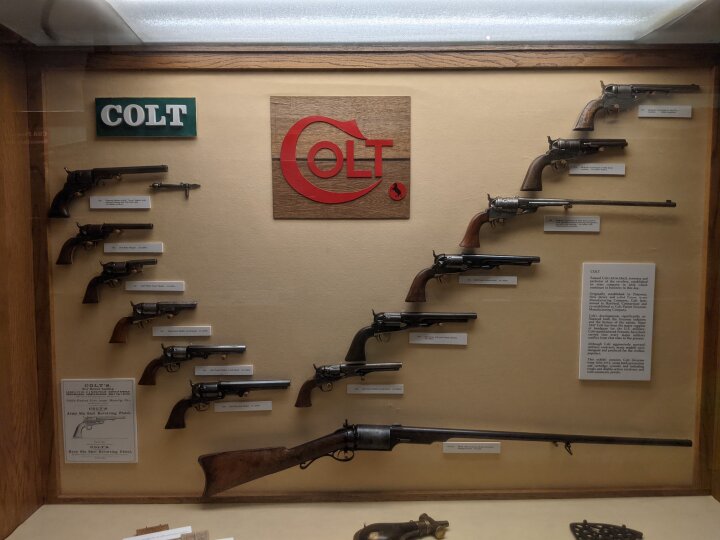A history of Arminto part one.
At the turn of the last century Wyoming was as wild as could be. The Indian wars had kept people out of here, for the most part. Cattlemen did as much during the Johnson County War to chase out settlers and sheep herders. Outlaws and rustlers were endemic. It was time for Wyoming to catch up, institute law and order, and become civilized.
If you were here in Natrona County about 1906 you could assume that the sheep herders had won out in the end. Many who got here during that time worked as herders and some became millionaires on sheep. The second Continental Railroad was being built and was as far as Casper. Wolton, about sixty miles to the West, had the world's first steam powered sheep shearing plant. It took about six days to haul wool or drive livestock to Casper using mules or horses.
The railroad proceeded through to Lander and Wolton's people moved all the buildings five miles to be on the railroad. This didn't last long, because the railroad changed course to hook north up into Montana. Not to be deterred, the people moved most of the town the ten miles north to Arminto.
If you were here in Natrona County about 1906 you could assume that the sheep herders had won out in the end. Many who got here during that time worked as herders and some became millionaires on sheep. The second Continental Railroad was being built and was as far as Casper. Wolton, about sixty miles to the West, had the world's first steam powered sheep shearing plant. It took about six days to haul wool or drive livestock to Casper using mules or horses.
The railroad proceeded through to Lander and Wolton's people moved all the buildings five miles to be on the railroad. This didn't last long, because the railroad changed course to hook north up into Montana. Not to be deterred, the people moved most of the town the ten miles north to Arminto.






